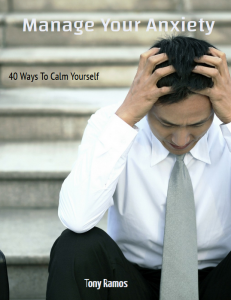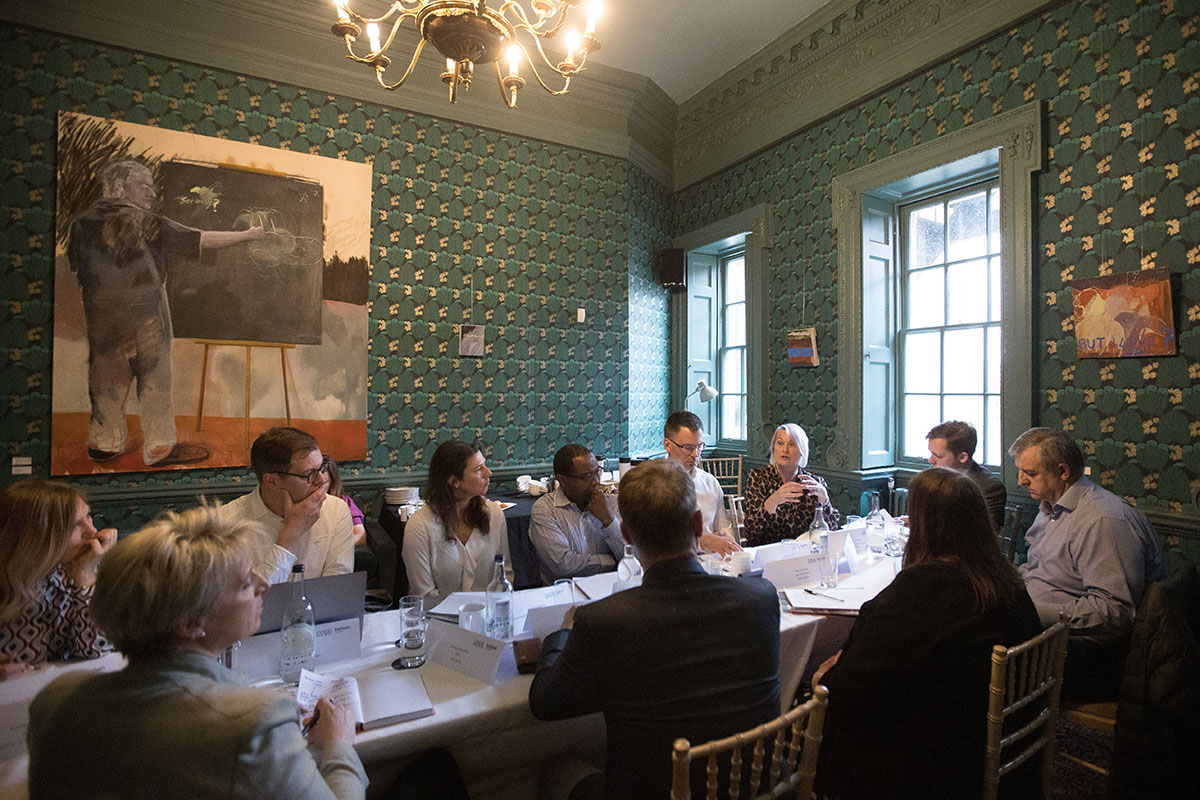
Most children do not access mental health services after firearm injury
ADD TOPIC TO EMAIL ALERTS
Receive an email when new articles are posted on
Please provide your email address to receive an email when new articles are posted on .
”
data-action=”subscribe”>
Subscribe
We were unable to process your request. Please try again later. If you continue to have this issue please contact customerservice@slackinc.com.
Back to Healio
Key takeaways:
- A study found inequities regarding which children receive mental health services after a firearm injury.
- Greater efforts are needed to connect children with these services, researchers said.
Over three in five affected children do not receive mental health services within 6 months of experiencing a firearm injury, according to a study published in Pediatrics.
It was the latest investigation to examine the effects of firearms on children. The AAP has called for regulating firearms in a manner similar to motor vehicles after data showed an increase in firearm-related injuries among children during the COVID-19 pandemic.
“Given that firearm and firearm injuries are one of the leading causes of death and disability among children, a few years ago, we formed a research consortium of diverse professionals to investigate firearm injuries and their sequalae through the Children’s Hospital Association,” Christian D. Pulcini, MD, MEd, MPH, a pediatric emergency medicine physician at the University of Vermont Medical Center, told Healio.
“Many of us are clinicians, and we have witnessed the toll childhood firearm injury takes on individuals and communities,” Pulcini said. “More specific to this study, the members of our group can all recall individual cases of children who were adversely affected by the trauma of these injuries in the long term, and we felt compelled to investigate on a macro level the mental health consequences and resultant identification and treatment of these conditions after firearm injury among children.”
The researchers hypothesized “that some groups of children may have more limited access to mental health services after injury,” Jennifer Hoffmann, MD, MS, an assistant professor and pediatric emergency physician at Northwestern University Feinberg School of Medicine and Lurie Children’s Hospital of Chicago, said in a video abstract.
“Our objective was to examine how the timing of the first outpatient mental health visit among Medicaid enrolled children after a nonfatal firearm injury varies by sociodemographic and clinical characteristics,” Hoffmann said.
Hoffmann, Pulcini and colleagues used the IBM Watson MarketScan Medicaid database — which includes data from 11 geographically dispersed states — to collect information on Medicaid-enrolled children aged 5 to 17 years old with nonfatal firearm injuries based on diagnosis codes from 2010 to 2018, paying specific attention to mental health service use in the 6 months before and after the firearm injury took place.
Among 2,613 children included in the study, the researchers found that just 36.7% of them accessed mental health services in the 6 months after their injury. Among these children, just 39.5% had no previous use of the services.
Children who did have prior experience with mental health services were more than 10 times likelier to use them again after a firearm injury (adjusted OR [aOR] = 10.41; 95% CI, 8.45-12.82), the researchers found. Non-Hispanic white children were also more likely to access mental health services than non-Hispanic Black children (aOR = 1.29; 95% CI, 1.02-1.63).
“The result that was surprising was that three in five children do not receive mental health services after a firearm injury despite it being a known traumatic event that can lead to serious mental health conditions,” Pulcini said.
The authors concluded that access to mental health services after injury is often inequitable, and that greater efforts are needed to connect children with these services after a firearm injury. Pulcini also suggested that future studies focus on early identification and treatment and whether it could improve long-term mental health outcomes.
“There is a window of opportunity to identify and treat mental health conditions early among those children affected by firearm injury,” Pulcini said. “It is imperative that [primary care physicians] and pediatricians remain cognizant of this to provide timely screening and treatment given how prevalent firearm injuries are among children unfortunately in the U.S.”
ADD TOPIC TO EMAIL ALERTS
Receive an email when new articles are posted on
Please provide your email address to receive an email when new articles are posted on .
”
data-action=”subscribe”>
Subscribe
We were unable to process your request. Please try again later. If you continue to have this issue please contact customerservice@slackinc.com.
Back to Healio






